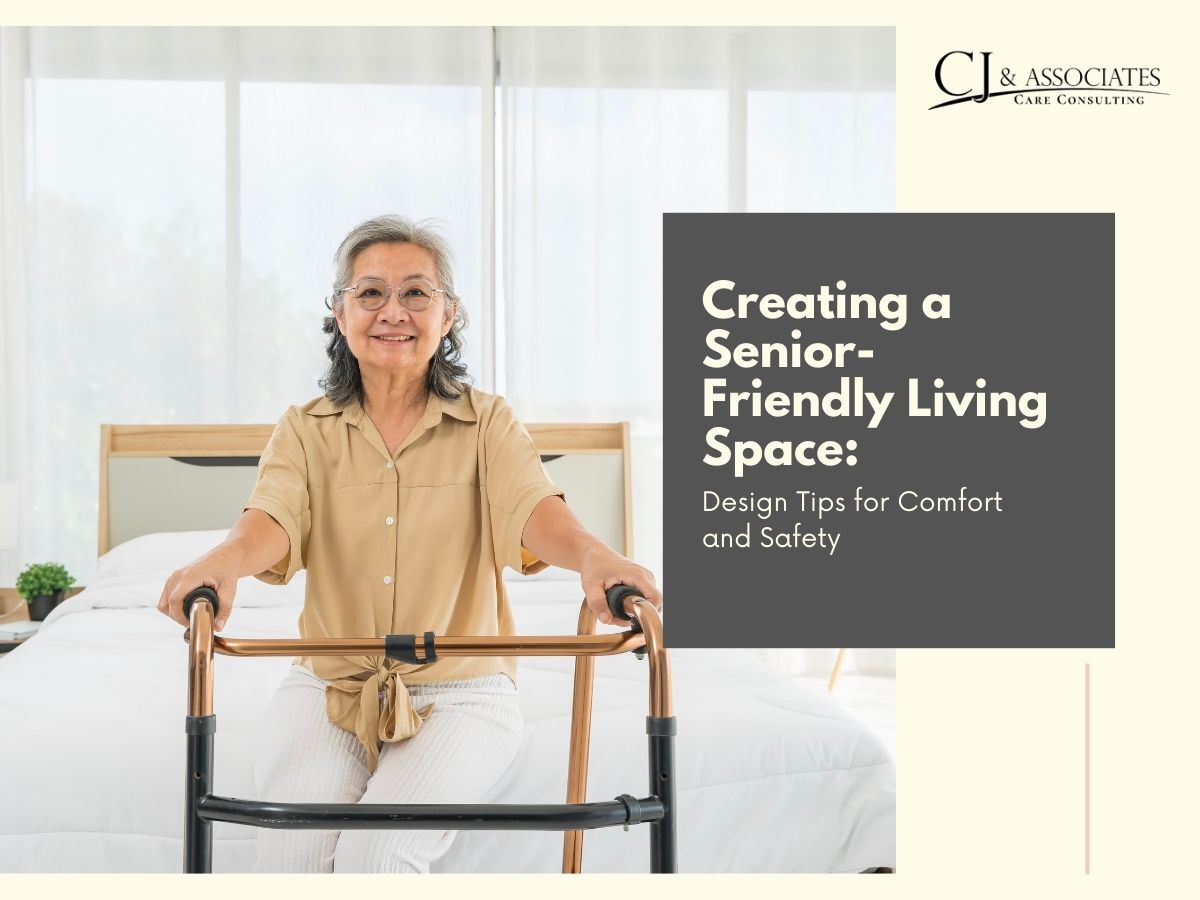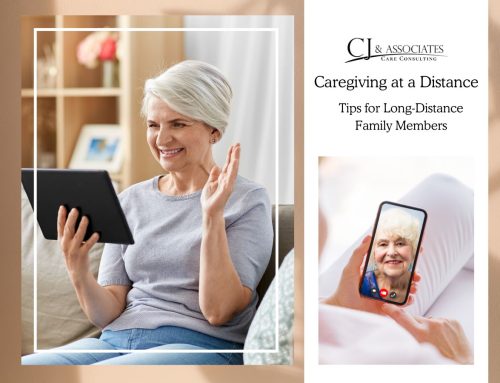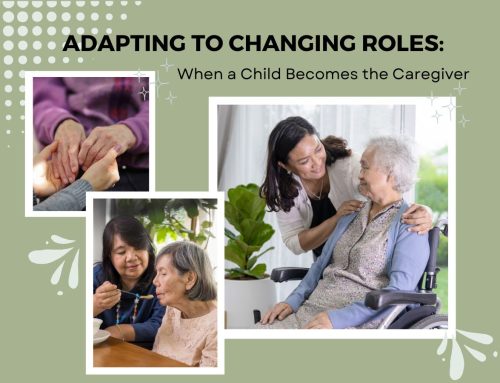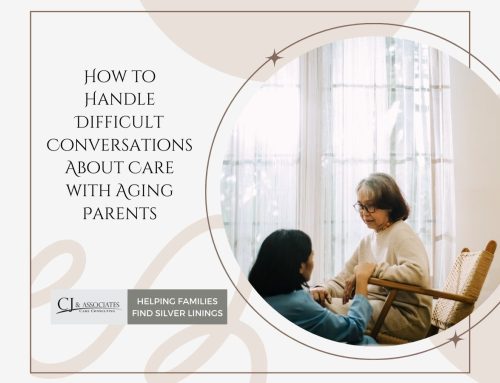As we age, our living spaces should adapt to meet our evolving needs. A home that is safe and comfortable can have a significant impact on a senior’s well-being, independence, and overall quality of life. Making thoughtful adjustments to the home can help prevent accidents, reduce strain, and improve daily life. Here are some practical design tips to help create a senior-friendly living space that’s both safe and inviting.
Optimize Lighting for Visibility
- Increase Natural Light: Seniors often need more light to see clearly, so maximize natural light by keeping windows unobstructed.
- Add Task Lighting: Place bright task lighting in areas like the kitchen, reading corners, and near the bed to make daily tasks easier.
- Use Motion-Sensor Lights: Installing motion-sensor lights in hallways and bathrooms can help prevent falls at night and make it easier to navigate the home.
Reduce Clutter for Safe Navigation
- Clear Pathways: Ensure that walkways are clear of any obstacles, like cords, rugs, or unnecessary furniture, to reduce tripping hazards.
- Minimize Decorations: While decorative items add charm, too many can create clutter and increase the risk of accidents. Aim for a clean, organized space that’s easy to move around in.
Install Non-Slip Flooring
- Choose Slip-Resistant Flooring: Opt for materials like carpet or textured vinyl that provide a stable, slip-resistant surface, especially in high-risk areas like bathrooms and kitchens.
- Secure Area Rugs: If using area rugs, make sure they have a non-slip backing or secure them with double-sided tape to prevent sliding.
Make Bathroom Modifications
- Install Grab Bars: Adding grab bars near the toilet and in the shower or bathtub can provide additional support and prevent falls.
- Use a Shower Chair and Handheld Showerhead: A shower chair can make bathing safer and more comfortable, while a handheld showerhead allows for easier control.
- Opt for a Raised Toilet Seat: A raised toilet seat can make sitting down and standing up easier for those with limited mobility.
Focus on Kitchen Accessibility
- Lower Countertops and Shelving: Adjust countertop and cabinet heights to ensure seniors can reach essential items without stretching or bending too much.
- Organize Frequently Used Items: Place frequently used items at waist level to reduce the need for reaching or bending.
- Install Lever-Handle Faucets: Lever handles are easier to operate than traditional knobs, especially for those with arthritis or limited hand strength.
Prioritize Easy-to-Use Hardware and Controls
- Replace Round Doorknobs with Lever Handles: Lever-style handles are easier to grip and require less twisting, which can be challenging for seniors.
- Use Large, Simple Controls on Appliances: Opt for appliances with easy-to-read displays and simple, large buttons that make daily use more convenient.
Arrange Furniture for Accessibility
- Create Wide Walkways: Arrange furniture to allow wide, unobstructed walkways, especially for those using mobility aids like walkers or wheelchairs.
- Use Stable, Supportive Furniture: Avoid furniture that’s low to the ground or too soft. Choose chairs and sofas with firm support and sturdy armrests that make it easier to get up.
Install Handrails and Ramps Where Needed
- Add Handrails Along Stairs and Hallways: Install sturdy handrails on both sides of any staircase, and consider adding them along hallways for additional support.
- Consider Ramps Instead of Stairs: If stairs are difficult to navigate, installing ramps can make moving around the house easier and safer.
Ensure Emergency Preparedness
- Install an Emergency Alert System: A medical alert system can help seniors call for assistance in case of an emergency, offering peace of mind for both them and their families.
- Post Emergency Contact Information: Place a list of emergency contacts in a visible location, such as near the phone or on the refrigerator.
Create Comfortable Relaxation Spaces
- Designate a Cozy Seating Area: Create a comfortable spot with supportive seating, good lighting, and access to items like books or a television remote, making it easy for seniors to relax.
- Add Personal Touches: Include familiar items, photos, or favorite colors to make the space feel homey and reduce feelings of isolation or disorientation.
Final Thoughts
Creating a senior-friendly living space can make a world of difference in promoting safety, comfort, and independence. With some thoughtful planning and adjustments, you can help ensure your loved one’s home is a safe, supportive environment that enhances their quality of life. Whether it’s simple modifications like improving lighting or more extensive changes like adding ramps, these steps can make daily life easier and more enjoyable for seniors. Remember, a well-adapted home allows seniors to maintain their independence, dignity, and connection to the place they call home.





